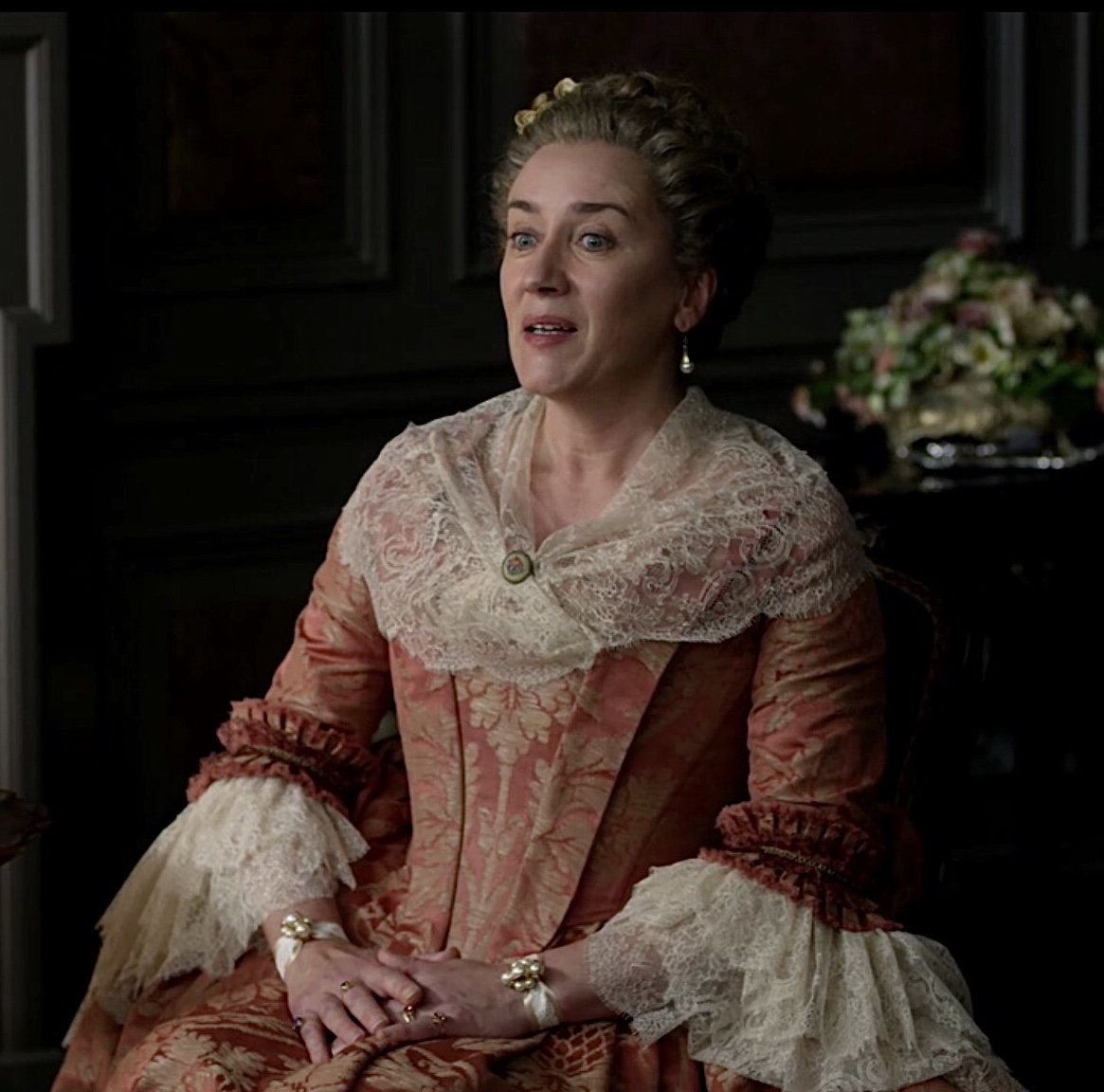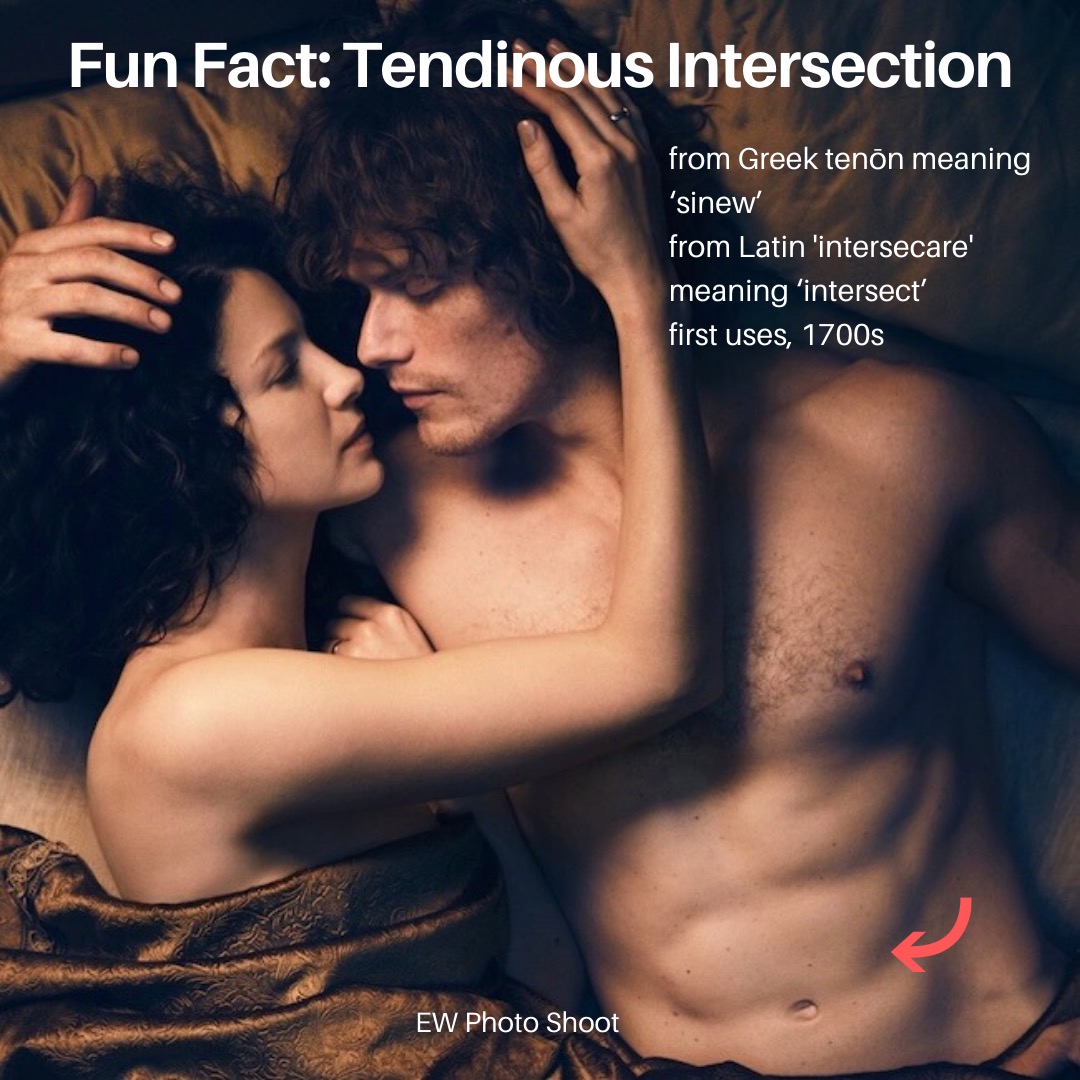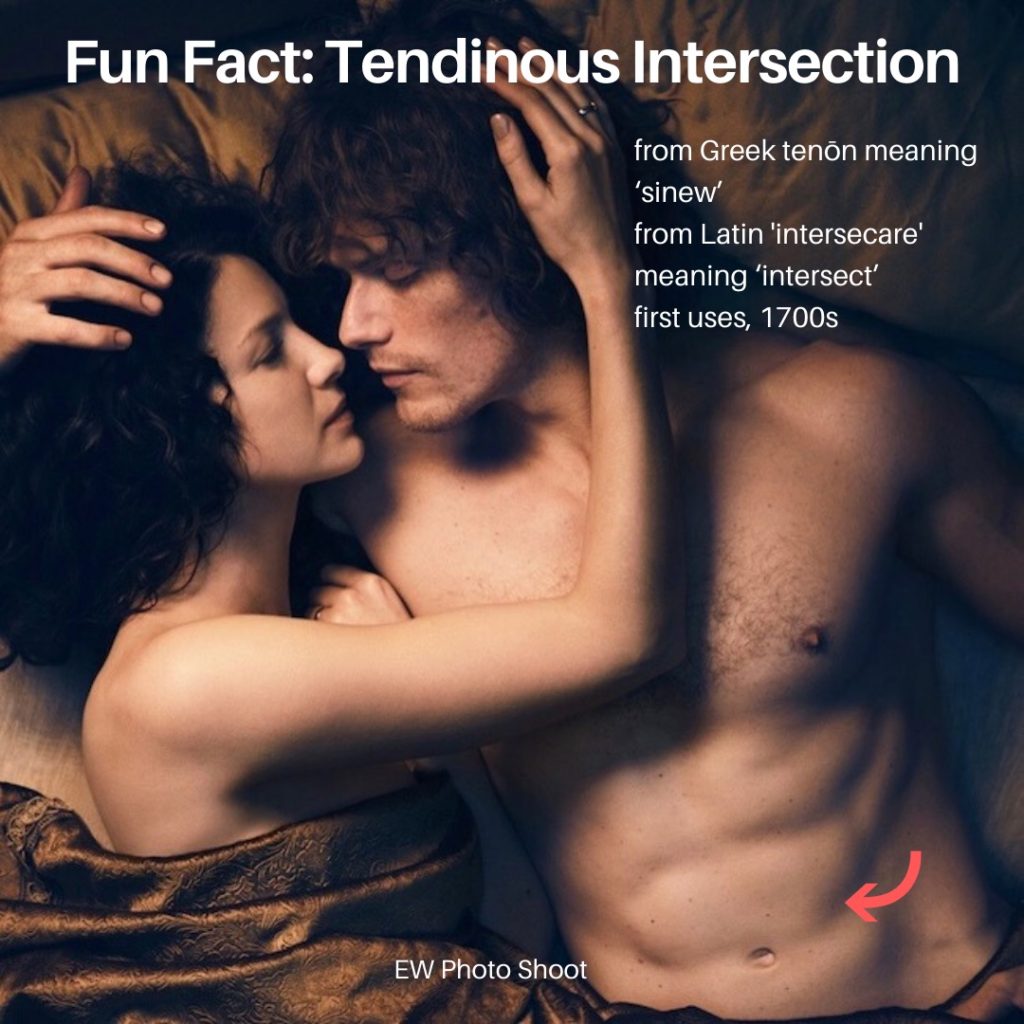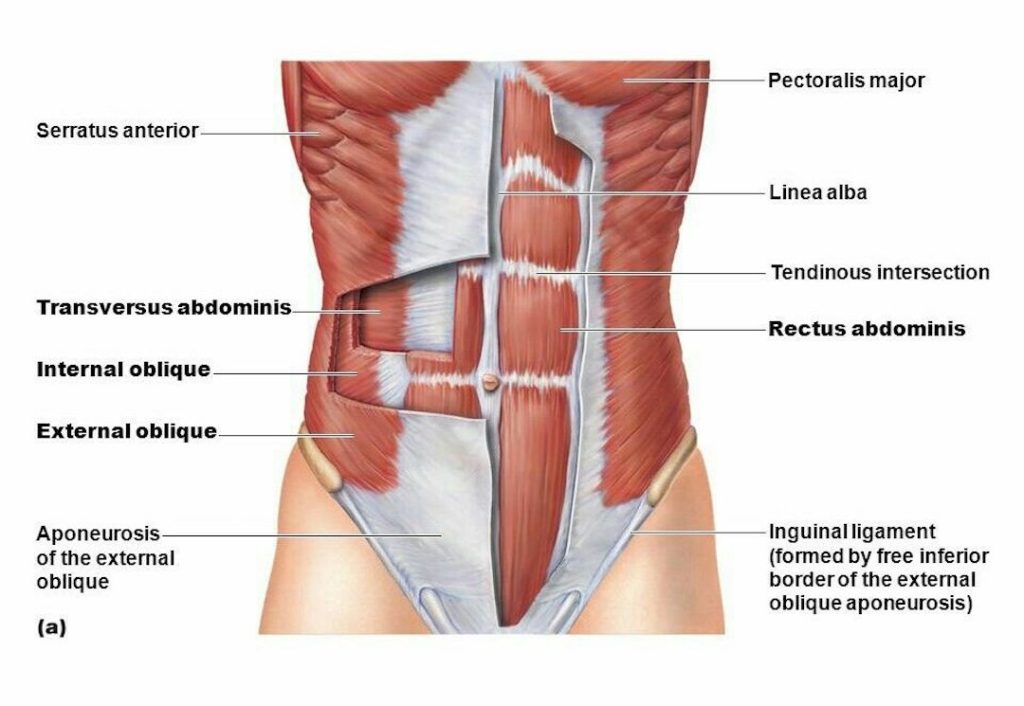Last week, I boarded a jet plane in Greensboro, North Carolina, and hours later flew into the new, Louis Armstrong International Airport (MSY) for 2020 Wizard World New Orleans (WWNO)!
This was my first visit to WWNO, held in the Ernest N. Morial Convention Center. I swear, this building was a quarter of a mile in length! (Note: a fan has since informed me this building is 1/2 mile in length and 1,000,000 sq ft!)
Checked into my room and snuggled under white cotton sheets and fluffy comforter! Sorry about the toes! 😜
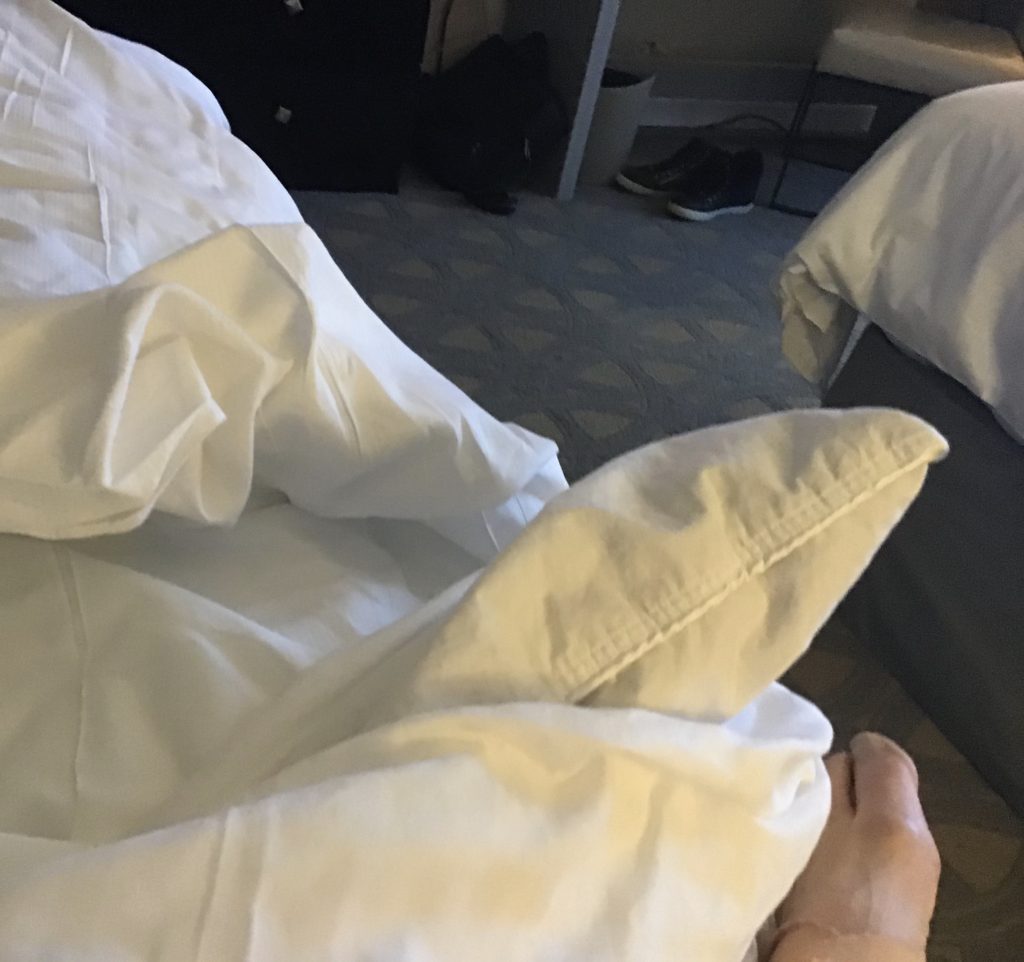
My roomie was the lovely public defender, Antoinette Simmons. I love her Jamaican accent! 🤗

Next day, registration! My badge. Hey, isn’t this Jamie at Lallybroch with the buttered bannock? A fav blast from the past. Wink! Wink!
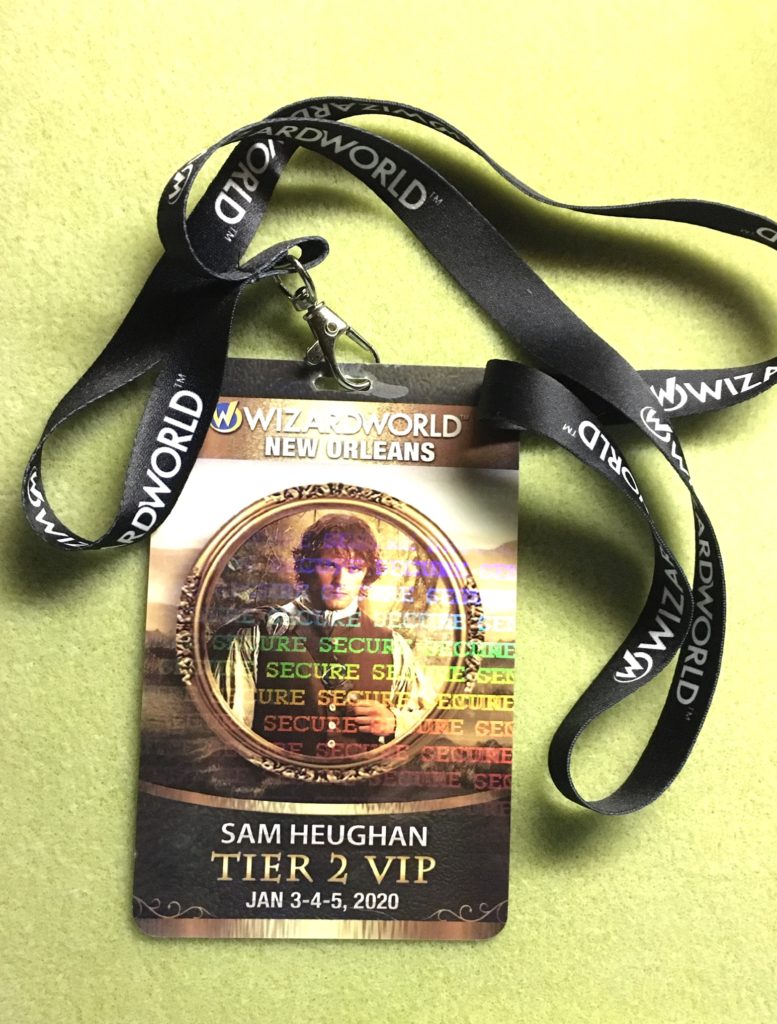
We took a little time in the afternoon to head for Frenchman Street – locals sent us to this site for an authentic New OAR-linz experience!
Soon, we found ourselves at The Spotted Cat Music Club – where we shared garlic French fries. I had my fav, a Cadillac margarita! 😋
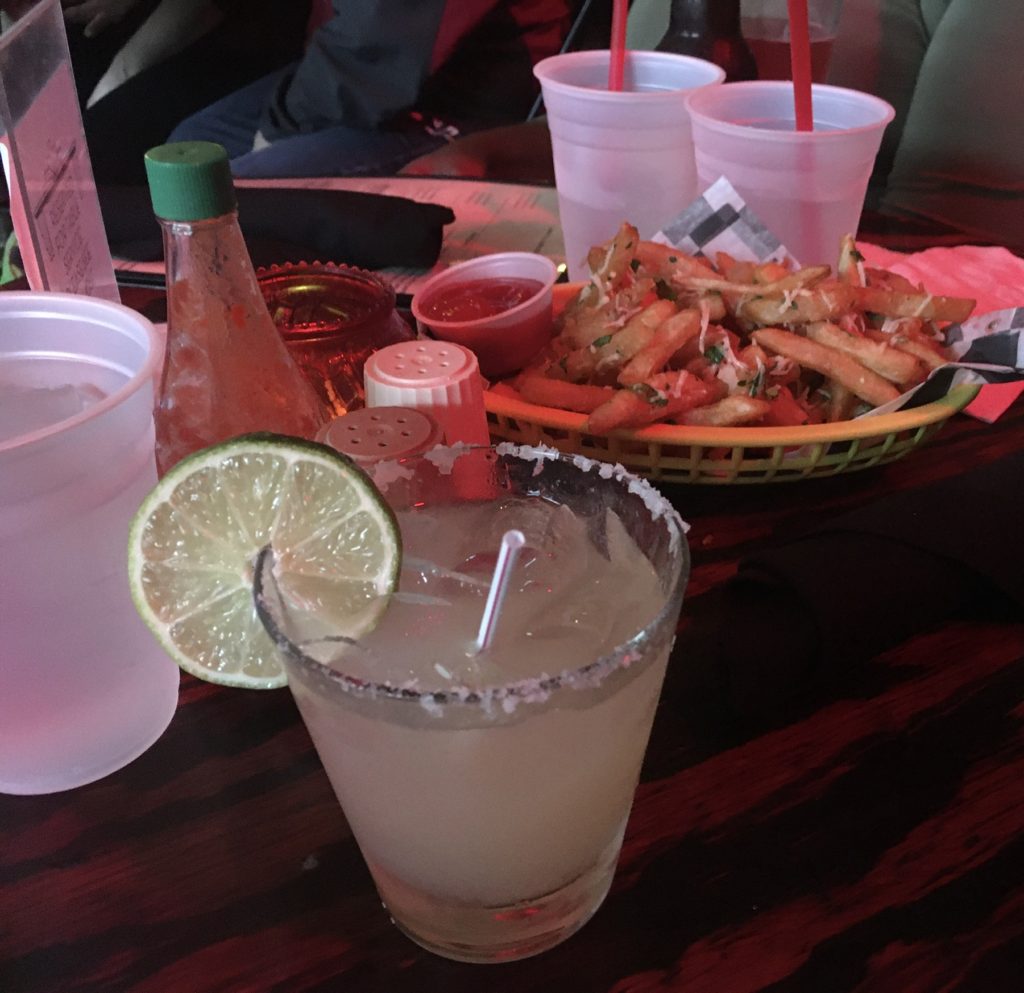
The four-man entertainment was delightful!
We were also treated to a bit of “gumbo tap” by one of the musicians!
Evening found us at a Platinum event where Maria Doyle Kennedy (MDK) was the surprise guest! I filmed the first half of her Q & A but not the rest because my cell phone battery died and my charger was in my hotel room! 🙄 Grrrr!
You can read about the part that didn’t get recorded in my earlier post on MDK! (check out her cute red tennies!)
Next day, I was frisked at security! Courtney Williams, creator of Outlanderbts, demanded it – she says she knows a criminal when she sees one! 😜
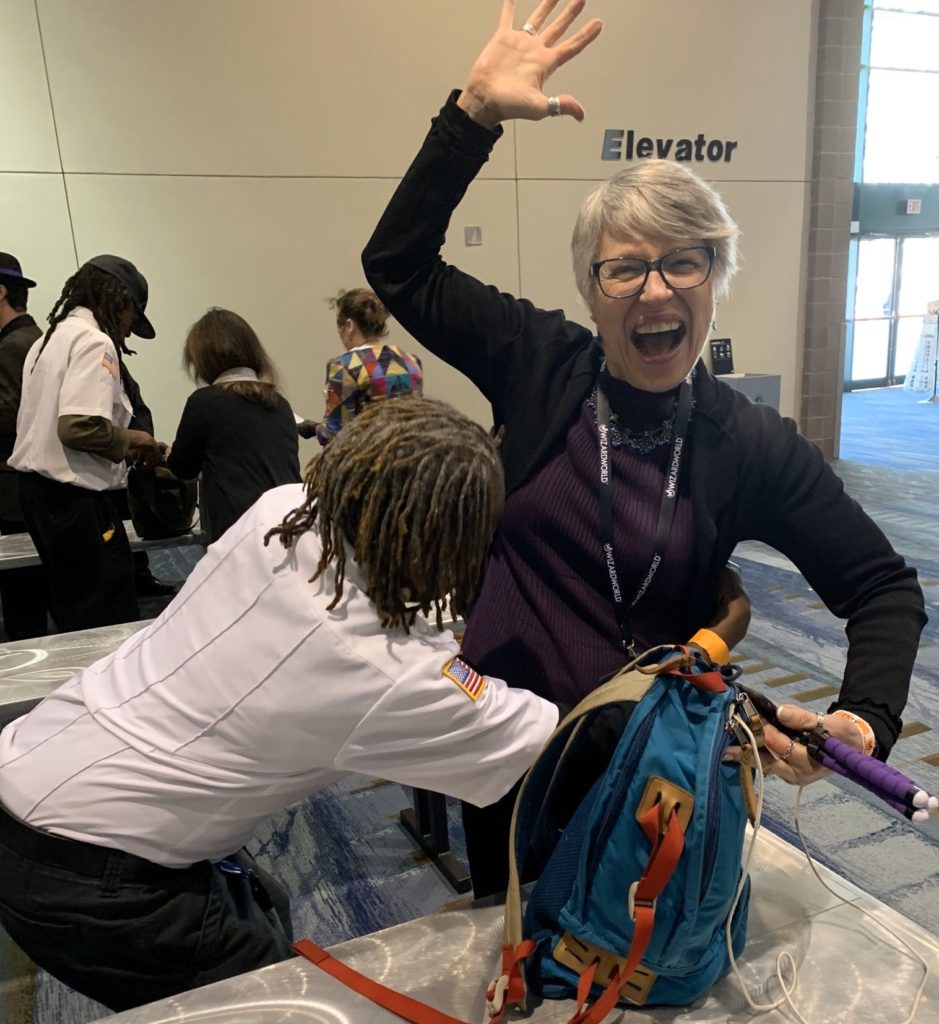
Waiting for Sam, I gave gal-pal, Catherine (Cathy) Toomer, M.D., the finger!!! 😱 The index finger that is! Although it looks rude, I was actually showing her my new DNA ring, a Christmas gift – the double helix.
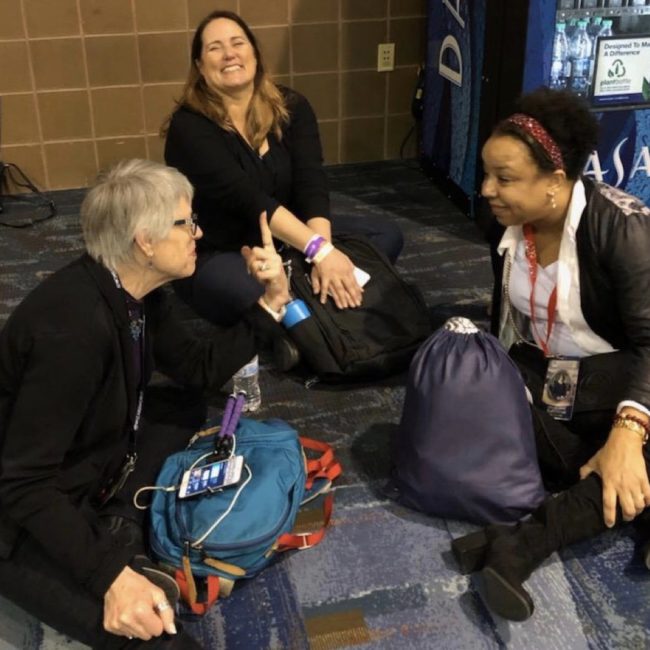
Into a side room and rock star, Sam Heughan entered! Everyone was delighted as we each got an autographed photo of him plus our own!
Mine! (hee, hee) He was a snuggler that day. Hence, my BIG grin!

Rats! Turns out, I had to share 😉

Later in the day, we went to the Sam panel. The auditorium filled up fast!
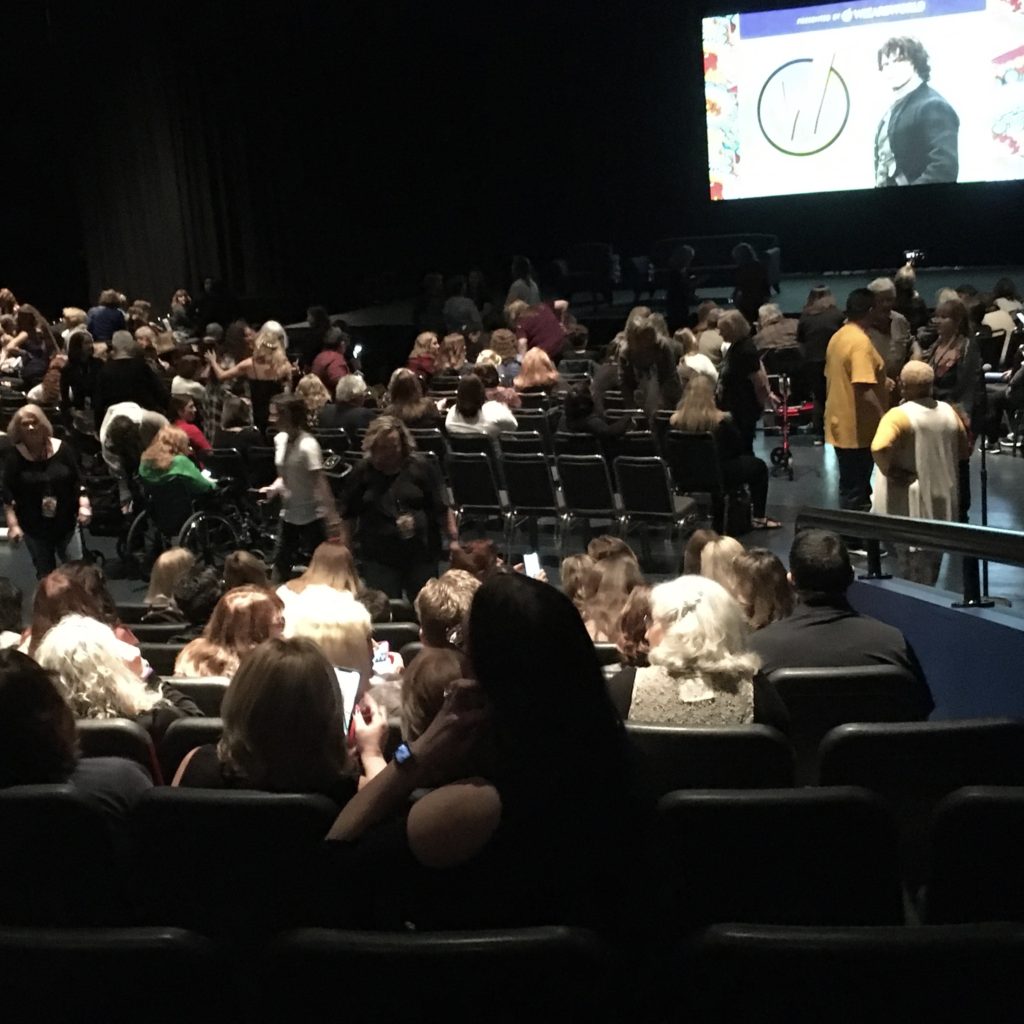
The MC called the meeting to order and announced Courtney Williams was moderating! Who knew? We are supposedly her bff and she didn’t tell us! 😈 That Courtney can keep a secret!
I was so proud of her. Courtney did a lovely job managing Sam, Ed, John and Maria. They played a fun Outlander quiz. Score: audience = 100 – cast = 0! Sam couldn’t even recall how many women Jamie had known in the Biblical sense! 😜
The next two videos, parts one and two, show the panel in its entirety. Had to stop filming to turn off Twitter notifications, then started anew. Here is part one. Hope you enjoy!
so sorry! This video will no longer load. Please watch on my You Tube channel, Outlander Anatomy.
And, part 2!
A bit of cosplay in the hallway. I asked these fans if they were Arch and Murdina Bug but they said they were just playing a Scottish couple. Great costumes! 👏🏻👏🏻👏🏻
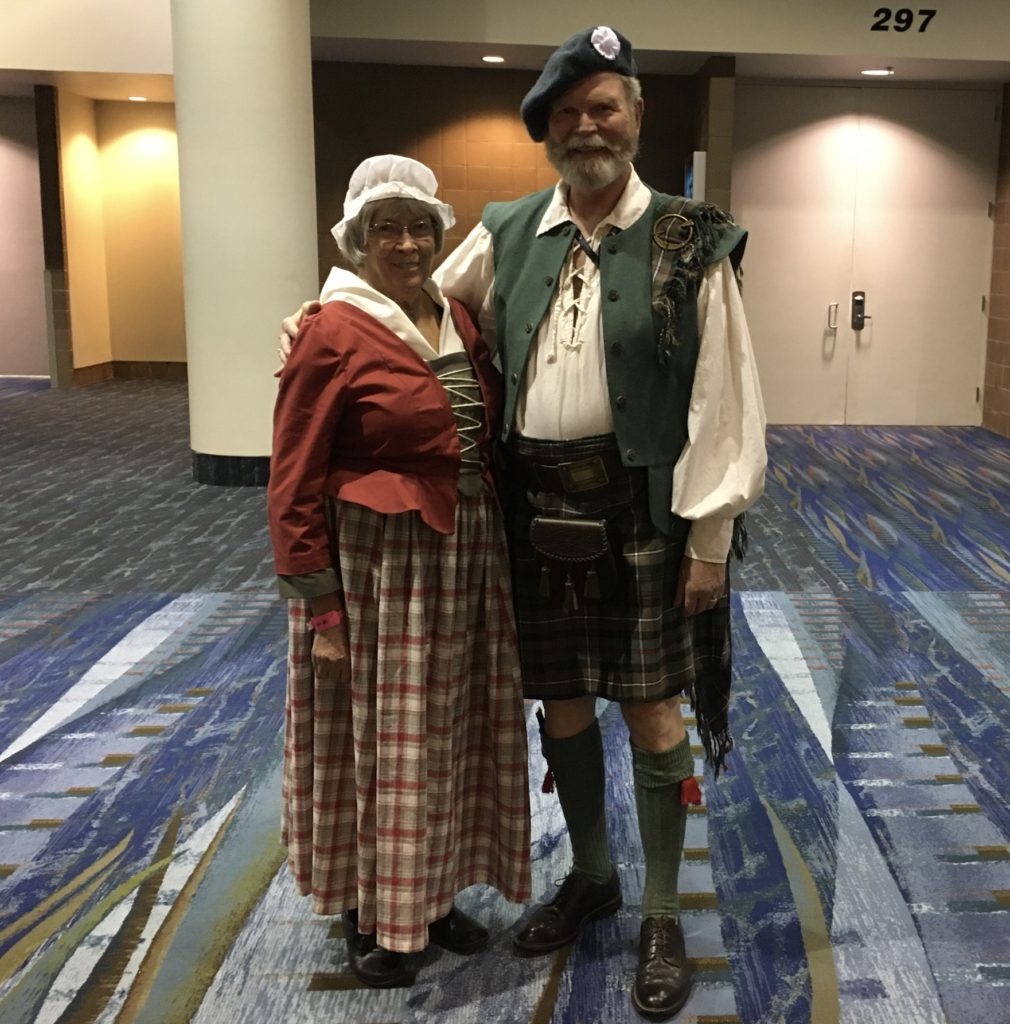
Later, we scurried to the main hall for more photo ops with Sam. Here he comes, surrounded by some very braw body guards!!!
Next day, back to the convention center for a 40 minute meet and greet with Maria Doyle Kennedy. She was gracious, elegant and candid. Her intelligence shone through her thoughtful answers. I thoroughly enjoyed every moment we spent with her!
And, here are those fearless fans who enjoyed the delightful interaction with Maria!

Maria was followed by the dread pirate, Ed Speleers! His meet and greet had a very different tone. One woman said his eyes intimidate her but he responded that wasn’t his intention. He does have a rather piercing gaze.
Honestly, Ed seemed very comfortable as the only man in a room full of women!
He decided early on to be an actor. He loves being a pirate in Outlander. He is very proud of his children. I was impressed to hear he traveled to Ireland to ensure a correct accent for Bonnet. And, he was very coy about whether or not he appears in S5!
And finally, a drum roll: the pièce de ré·sis·tance – the Outlanderbts Fan Panel!

We four ladies of the Outlanderbts Fan Panel messed with each other and the audience. Listen as attendees offer up piercing comments and observations. A lively discussion was had by all with lots of audience participation. We had a blast. Hope you enjoy!
Had a wonderful time at WWNO and hope to attend next year.
I close with this image of the fearless four! Oops, make that the fearless five!

The deeply grateful,
Outlander Anatomist
Follow me on:
- Twitter @OutLandAnatomy
- Join my Facebook Group: OutlandishAnatomyLessons
- Instagram: @outlanderanatomy
- Tumblr: @outlanderanatomy
- Youtube: Outlander Anatomy
Photo and Video Credits: Sony/Starz, Wikipedia, Outlander Anatomy, Courtney williams


